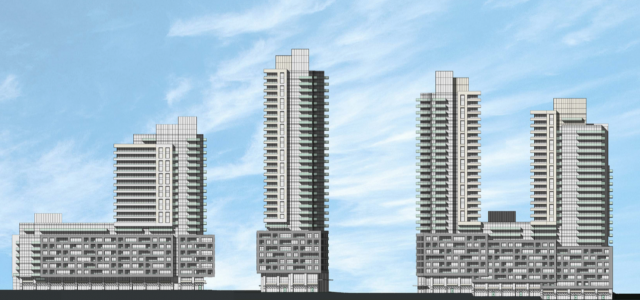aquateam
Active Member
So you want to double the price of the line, and more than double the ongoing maintenance costs, just to avoid some traffic?
Why not double-down on that theory, and just replace all of the buses with subways, too? That would get the service away from the traffic.
Dan
Toronto, Ont.
Why would maintenance costs double? Operating costs would certainly go way down because it could be driverless. Combined operating and maintenance costs for a grade-separated LRT line would almost certainly be lower. Operating/maintenance costs for Eglinton are projected to be $80 million/year when it opens, which is $4.2 million/km. For Vancouver, their entire 79.6 km Skytrain system (which is 30 years old and undergoing significant capacity improvements) their operating/maintenance costs are $300 million, which is $3.7 million/km.
Because we are not spending $5.3 billion + $3.5 billion on a bus route. If we were, it would also be worthwhile to ask if it shouldn't be grade separated for what we are paying for it.






